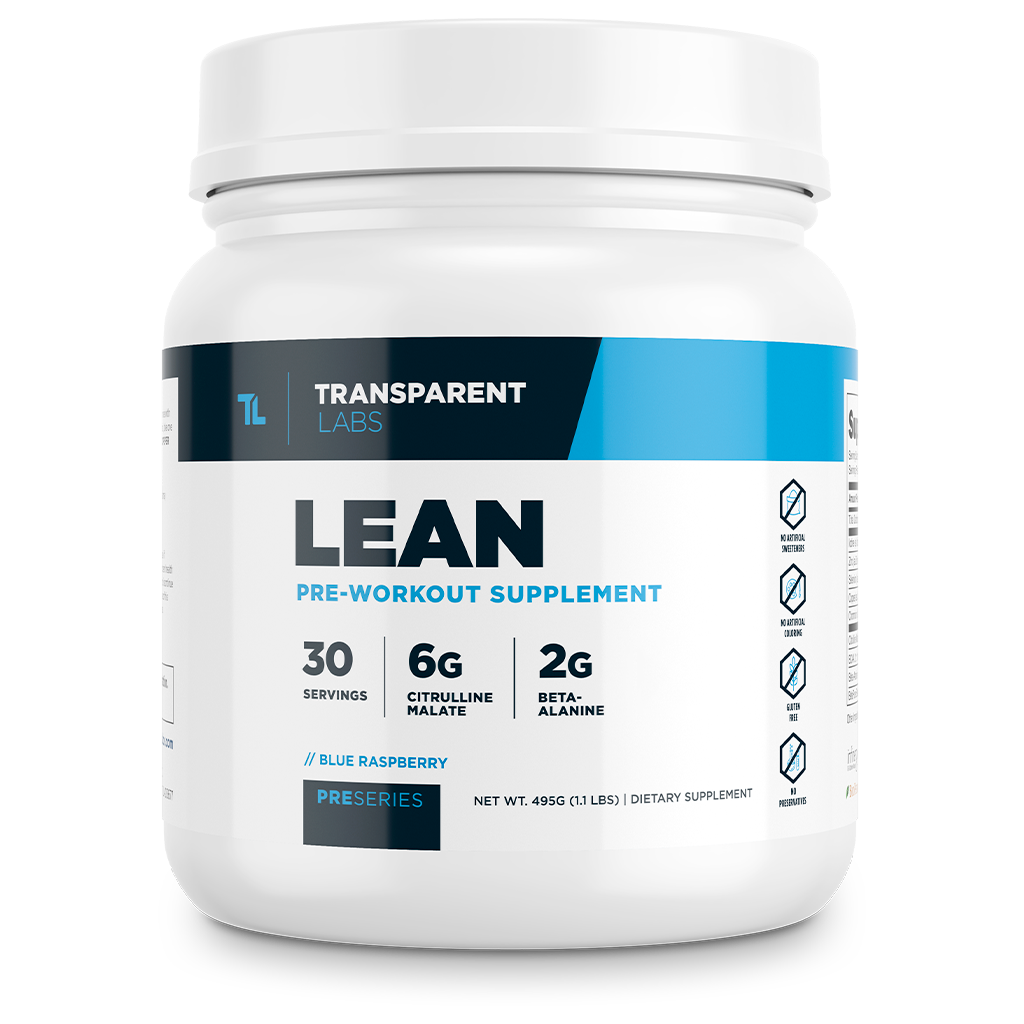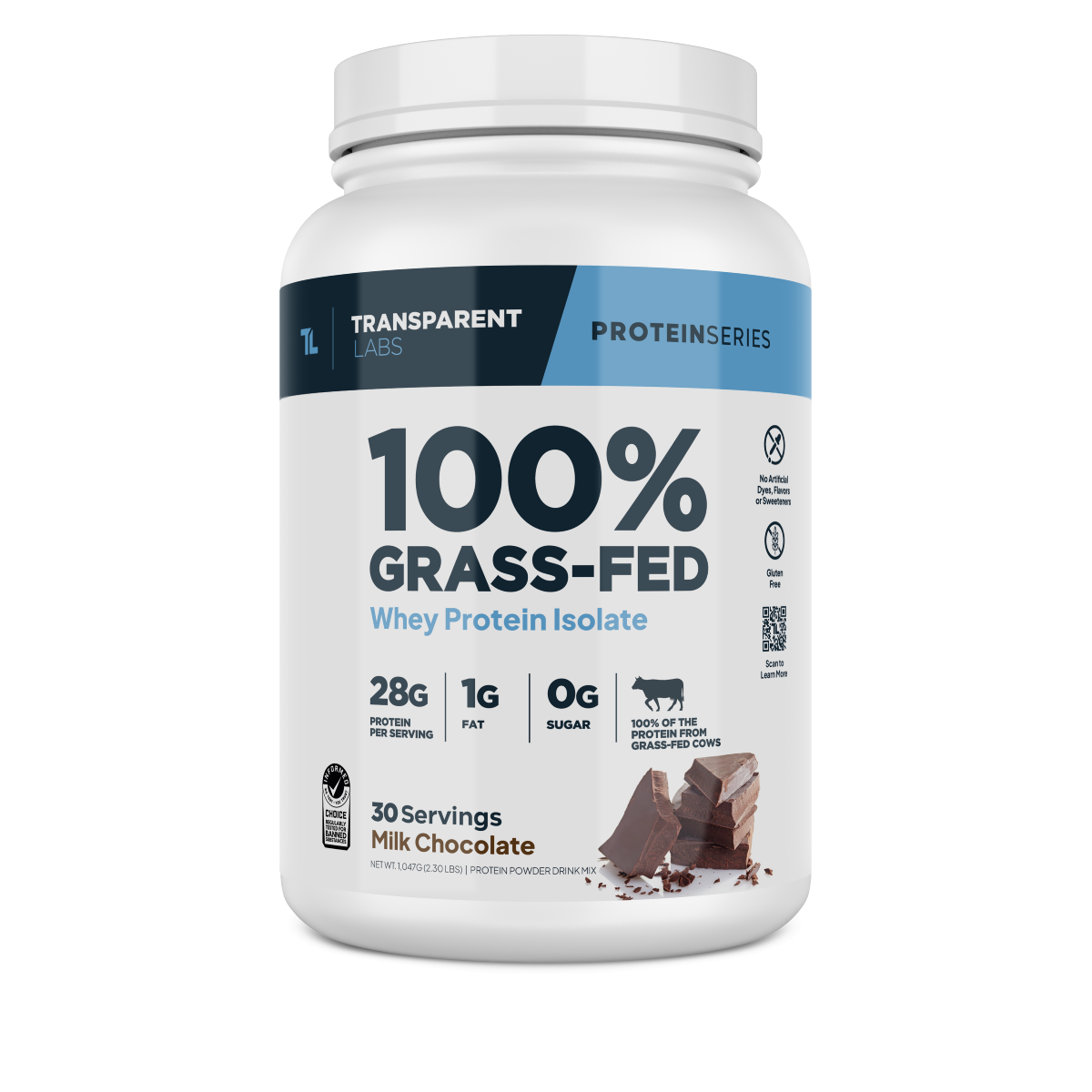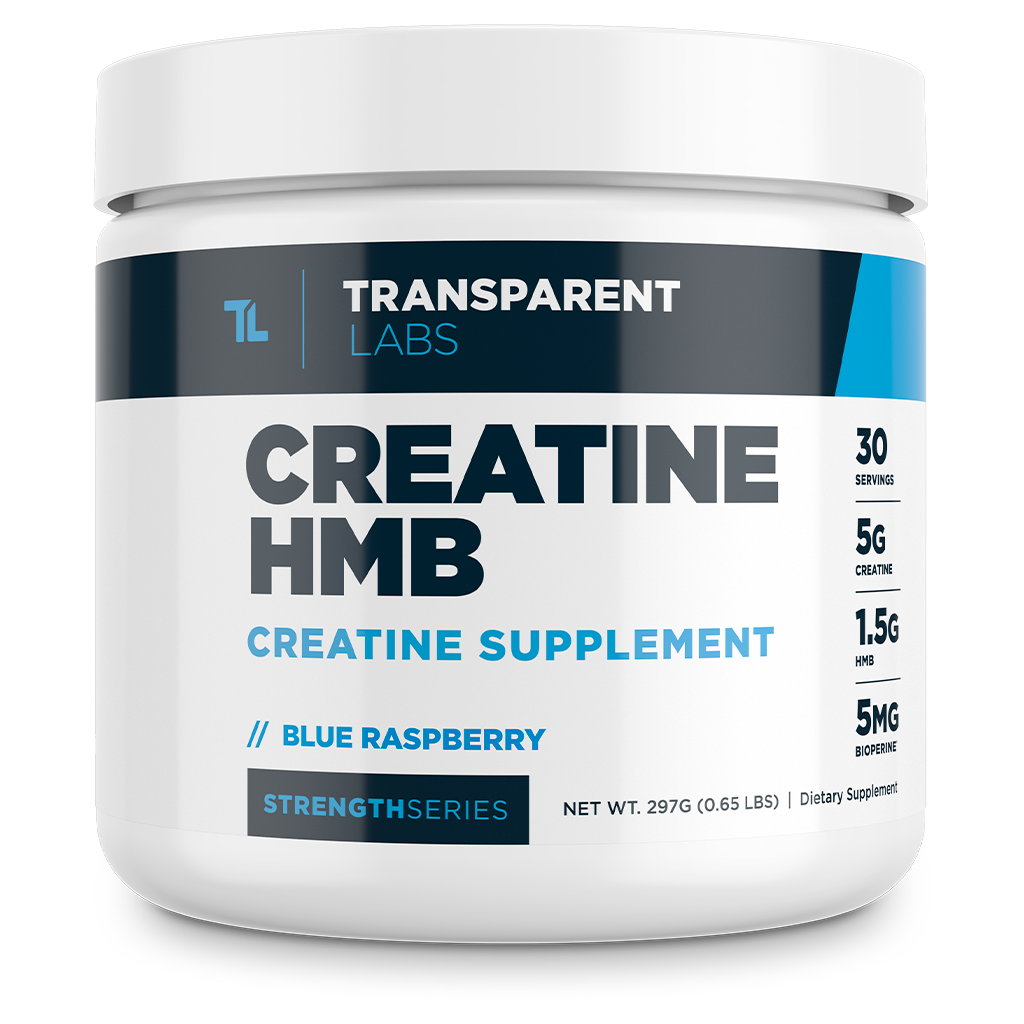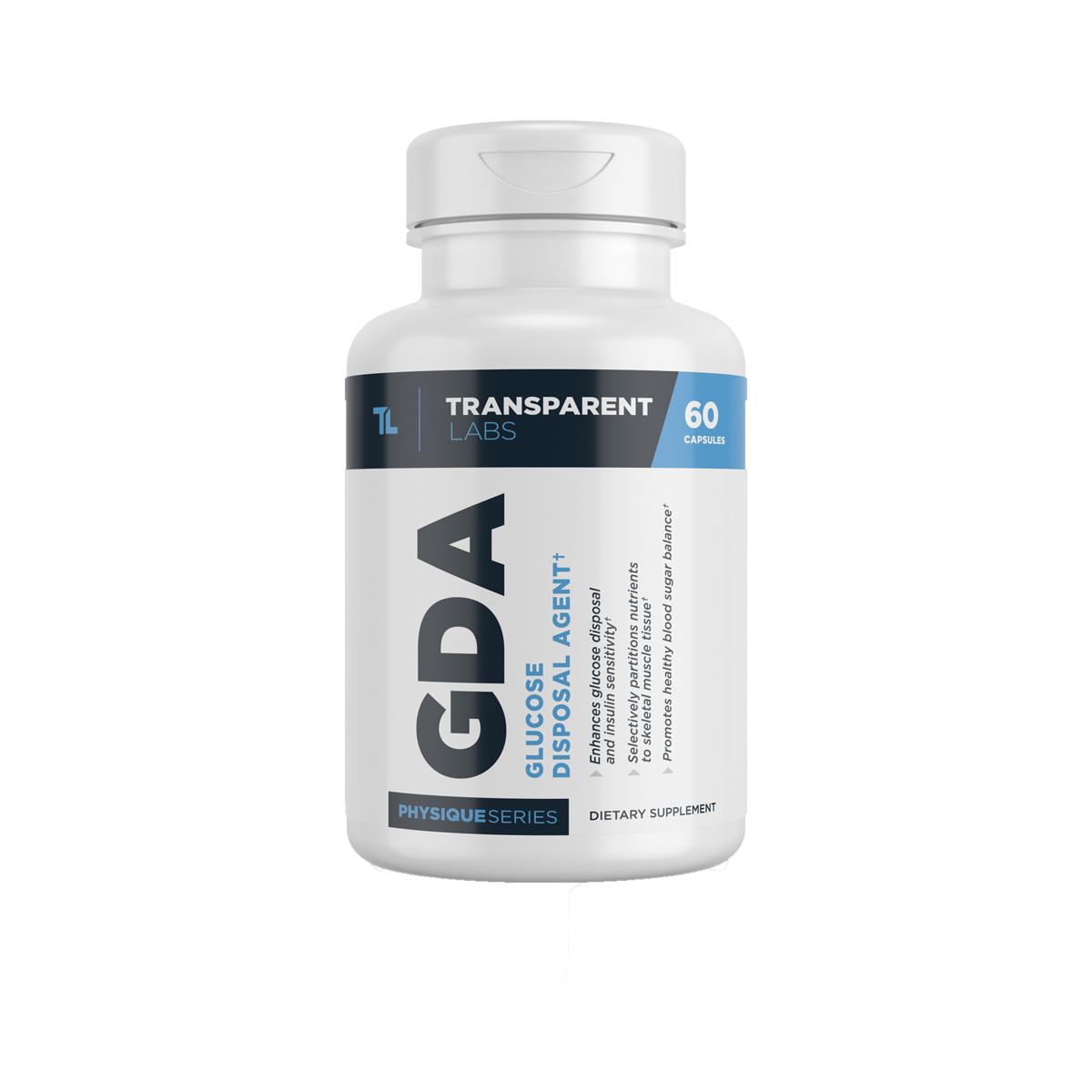How to Get Stronger: Your Complete Guide to Strength Training

Strength training is an important type of workout that will have a long-term positive impact on your health and help you achieve the muscle tone you’ve been dreaming of.
According to a study published in the medical journal Clinical Interventions in Aging, strength training has great benefits for older adults' mental performance and slows down the natural process of cognitive decline.
Not only that, in research published in the Endocrinology and Metabolism Journal, this type of exercise proved vital to maintaining optimal bone density and muscle mass as you age.
Strength training is much more than a simple workout plan. And even though at the moment you might only be thinking about fat loss or trying to build muscle, becoming stronger will support your overall vitality and longevity, unlocking the door to a healthier life.
If you're wondering how to get stronger, you need to add a strength-training program to your workout routine. We can help.
In this guide, we'll explore what strength training is, what makes a good program, basic strength-building exercises, and tips to increase your progression. You’ll know how to become stronger so you can finally achieve the body of your dreams.
What Is Strength Training?
Even though the terms resistance training, weightlifting, and strength training seem to be interchangeable, some vital distinctions make strength training one-of-a-kind.
The fastest and most-effective route towards building strength is to lift weights, adding increasingly heavier weights as you progress. This will build your muscle mass and enhance your ability to recruit muscle fibers for maximal force production.
For this reason, strength training focuses on low rep ranges (4 to 6) instead of high-rep sets (6 to 15+).
This type of training also prioritizes compound exercises — combinations of movements engage multiple muscle groups and various joints through a full range of motion. This is because compound exercises are the perfect complement to lifting heavy weights in low reps.
The main goal of strength training is for you to push, pull, and squat with more weight over time. Although weight is the main focus, you'll also need to increase your training volume — more sets and reps — to push forward and become even stronger.
The Role of the Central Nervous System
You might think that your muscle tissue is solely responsible for your ability to lift heavy weights, but your central nervous system (CNS) plays an essential part in this whole process. It works like a power source that, once activated, will direct more muscle fibers toward building strength.
This is why you should start your strength-training sessions with a proper warm-up. Your warm-up wakes up your CNS, allowing it to recruit (read: activate) more muscle fibers to lift heavier dumbbells or a loaded barbell.
By doing so, you're also lowering the risk of straining not only your connective tissue but also your joints. You’ll also reduce the risk of many other types of injuries that can occur when exercising.
What Makes a Good Strength-Training Method?

The truth is — like everything in life — there's no one-size-fits-all answer when it comes to the best strength-training routine. And once you start researching the topic, there are plenty of opinions and theories that may leave you confused.
That being said, the best strength-training programs have a few core principles in common.
Before we go into further detail, the first thing you should do is assess yourself:
- What areas do you want to improve the most?
- How long have you been training (weeks/months/years)?
- What type of exercises do you enjoy the most when you go to the gym?
Once you identify your fitness goals, acknowledge where you stand, and reflect on what motivates you, you'll know what to look for in a strength-training program. Below, you'll learn about other crucial factors to consider when building your strength-training program.
#1. It Should Include Progressive Overload
If weight training is the number one workout that makes you stronger, then progressive overload is the best method to start building muscle and boost your strength gains.
Balance is key when it comes to progressive overload. If you start with too much weight, you can quickly become tired or more prone to injury, as your muscles are still not ready to lift such heavy weights.
On the other hand, if you keep lifting the same weight for three months, you're not likely to gain any muscle and, consequently, any substantial strength.
In other words, if you want to build strength, look for a program that includes progressive overload. If it doesn't, it can't be considered a good strength-training routine.
#2. It Should Have the Right Training Volume — and for the Right Places
When you start looking for the best strength-training program to fit your goals, you might come across workouts that include more training volume for one area of the body than another.
If you think your legs are a weak link, you may be on the lookout for a routine focused on the lower body.
Back squats, dumbbell lunges, and deadlifts are some of the exercises you can find in these programs. And even though they'll give you strong hamstrings and quads, you'll have a hard time building a muscular upper body.
On the other hand, if you have a program that’s more focused on exercises that work your biceps, triceps, and shoulders — like chin-ups, pull-ups, and overhead presses — you might end up lacking lower body strength. This can make you more prone to injury and make it harder for you to do deeper barbell squats with proper form.
A program focused on only one area of your body will eventually lead to muscle imbalances. A well-rounded, full-body, strength-training program, including all the major muscle groups, will provide the most overall strength.
#3. It Should Include Recovery Days

As you know by now, the most effective way to get stronger is through weight training. This type of exercise requires a lot of energy and takes a lot out of you. Just ask your bodybuilding friends — they know it.
This means that the more you can lift, the stronger you become, and the more recovery time you'll need.
A properly-designed strength-training program should include enough time in between sessions to give your muscles time to rest and repair before you hit the gym again.
Although there is no set rule about how long you should leave between gym sessions, many personal trainers and fitness experts suggest training each muscle group at least twice a week and including one day of rest between training each group of muscles.
#4. Allow for Plenty of Rest Between Sets
Even though short rest periods might work for bodyweight exercises — like HIIT training and plyometrics — they don't work as well for strength training.
When you make your rest periods too short, your muscles fatigue faster, which in turn forces you to opt for lighter weights or do fewer sets. In the long-term, this can slow down your progress and make you feel frustrated.
In fact, a study published in the Journal of Strength and Conditioning Research says that people who take longer rests between sets gain more muscle strength than those resting for shorter periods of time.
If you're looking for a specific number, again, there is nothing set in stone. But a review paper published in Sports Medicine in 2014 claims that three-minutes of rest usually works, especially between your heaviest sets. For lighter sets, one or two minutes should suffice.
Of course, we're all different and we all have unique needs. Personal trainers and veteran powerlifters advise that, in the end, you should rest as long as you need to feel completely ready to start the next set.
The bottom line: If you’re wondering how to get stronger strength and boost muscle growth, you need to lift heavy weights. And when you need to lift heavy weights, you must rest long enough between sets to handle heavier and heavier weights.
The 4 Best Exercises to Make You Stronger
In strength training or any other fitness routine that targets muscle gains, the "big four" are essential: bench presses, deadlifts, shoulder presses, and squats.
When you're selecting or creating your program, these exercises should be a central part of it. If bodyweight exercises such as sit-ups, push-ups, and burpees are also included, you're looking at a very well-rounded fitness plan.
In this section, you'll learn all about the four fundamental strength-training exercises and how to perform them correctly. If you’re a newbie, ask an experienced friend or a personal trainer at your local gym to guide you.
Barbell Bench Press

- Start by lying down flat on the bench with both feet firmly planted on the ground.
- Grip your barbell with your hands slightly wider than shoulder-width. Make sure you squeeze your shoulder blades together and ensure your butt is in contact with the bench the whole time.
- Straighten your arms and unrack the bar.
- Lower the bar in line with your solar plexus (mid-chest).
- Press the bar up until your arms are completely straight.
Barbell Shoulder Press

- Start in an upright standing position with your feet shoulder-width apart.
- Engage your core muscles and keep your lower back straight. Grip the bar with your hands just wider than shoulder-width apart, thumbs facing forward.
- Hold the bar against your upper chest.
- Push the bar up directly overhead until it's balanced. Ensure your hips don't tilt forward.
- Once you reach the top, lock your elbows, and shrug your shoulders.
- Lower the barbell down onto your upper chest.
Deadlift

- Start in an upright standing position with your mid-foot placed under the bar.
- Bend your knees, and grab the bar with a shoulder-width grip.
- Keeping the barbell as close to your legs as possible, slowly straighten your legs until your shins touch the bar. Make sure your core is engaged.
- Lift your chest and check that your lower back is straight. Clench your glutes once you reach the top.
- Take a few deep breaths, and hold the position for a few seconds.
- Lower the bar back to its starting position.
Deep Barbell Squat

- Start with the barbell lightly resting on your upper back with your feet slightly wider than shoulder-width.
- Lower yourself down by pushing your knees out to the sides and your hips toward the back.
- Once you hit the bottom of your squat, use your stretch reflex to boost you back up. Move your hips forward and ensure your chest is straight and your head up.
- Once you get to the top, lock your knees and your hips.
Tips for a Safe Progressive Overload
You're now aware of the importance of progressive overload for building strength. This section is important If you're embarking on a strength training journey on your own — without a personal trainer or a set program..
Here, you'll get some simple but essential tips on how to perform progressive overload in a safe, balanced, and efficient way.
#1. Increase the Resistance
Obviously, the best and most obvious way to start your progression is by adding — you guessed it — weight. If lifting your barbell feels easy, try adding an extra five pounds on each side and see how that feels.
Naturally, when you increase the weight on the bar, you probably won't be able to do the same number of reps as the prior set. When that happens, don't worry.
With time, your resistance and strength will increase, and you'll again be able to perform the same number of reps you did with the previous weight.
#2. Increase the Reps
Another way to kick off your progressive overload is to increase the number of reps with the same weight on the barbell.
Just keep going until your body cannot complete the exercise with proper form, as you might risk injury. Fitness experts suggest that 8-12 reps per set is the best rep range for muscle growth.
Thus, it might not be a good idea to keep adding infinite reps to your training. You will reach a point where you're increasing muscle endurance rather than muscle size (and strength).
Once you reach 12 reps, the best course of action is simply adding more weight and doing fewer reps.
#3. Decrease Rest Time Between Sets
We've covered rest periods earlier on, so this section might make you feel a bit confused.
Let's clear this up.
When you start your strength training, by all means, take longer rest periods between sets. It is crucial for muscle development and injury prevention. However, once your muscles start to become stronger and more resilient, you may choose to decrease your rest time.
This allows you to do the same amount of work in less time and stimulates your metabolism to become more efficient at anaerobic exercise.
How to Get Stronger: Support Muscle Growth for a Stronger, Healthier You

If you weren’t sure about what strength training is, why it’s important, or simply where to start, we hope this essential guide to how to get stronger helps you take the first step on your journey.
Strength training is vital, no matter what fitness goals you have.
If you want to run faster, lift more, lose fat, or simply pursue optimal health, strength exercises should be in your workout routine. They’ll support your wellness journey, boost your strength, and give your body the shape you've always desired.
For more information about reps, sets, and training volume, check out this comprehensive article on this topic.



